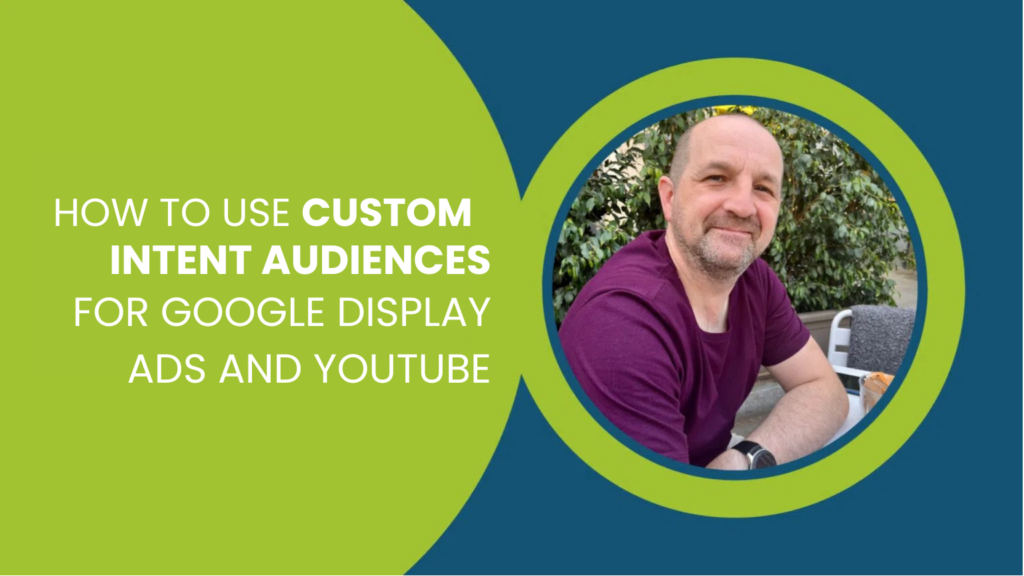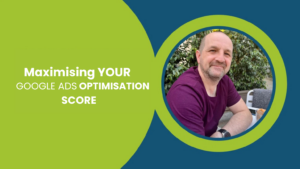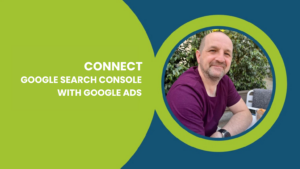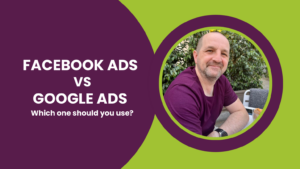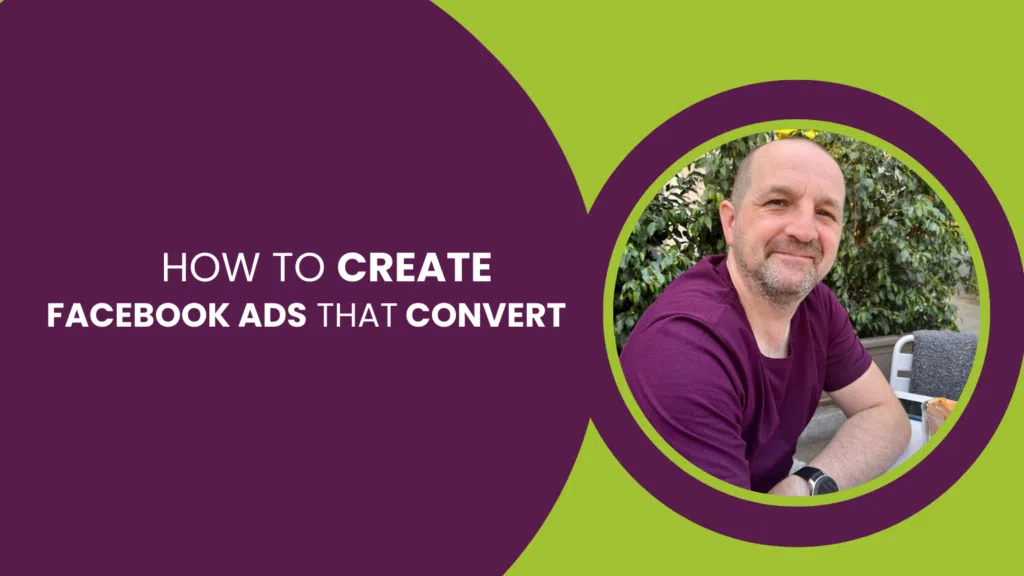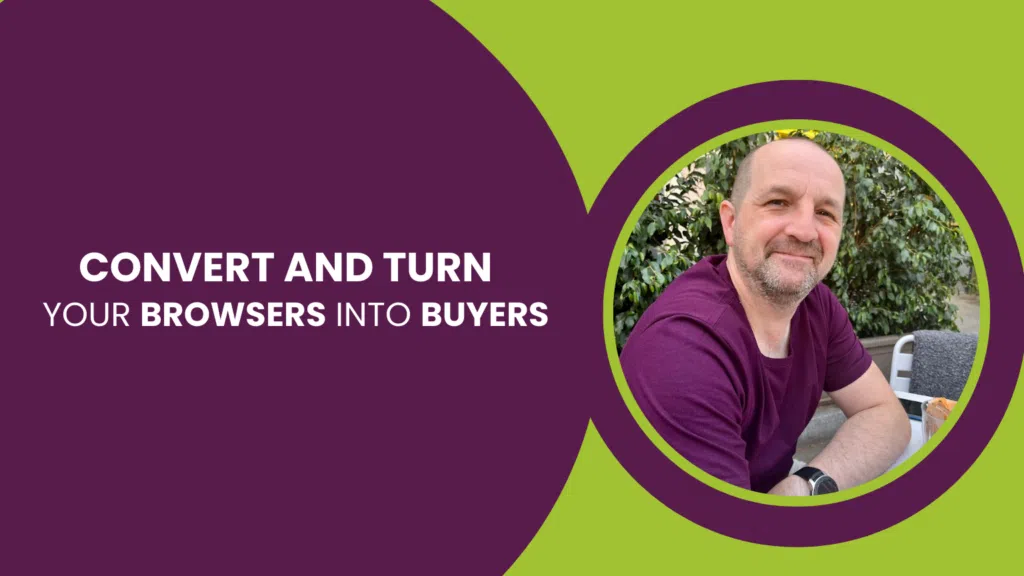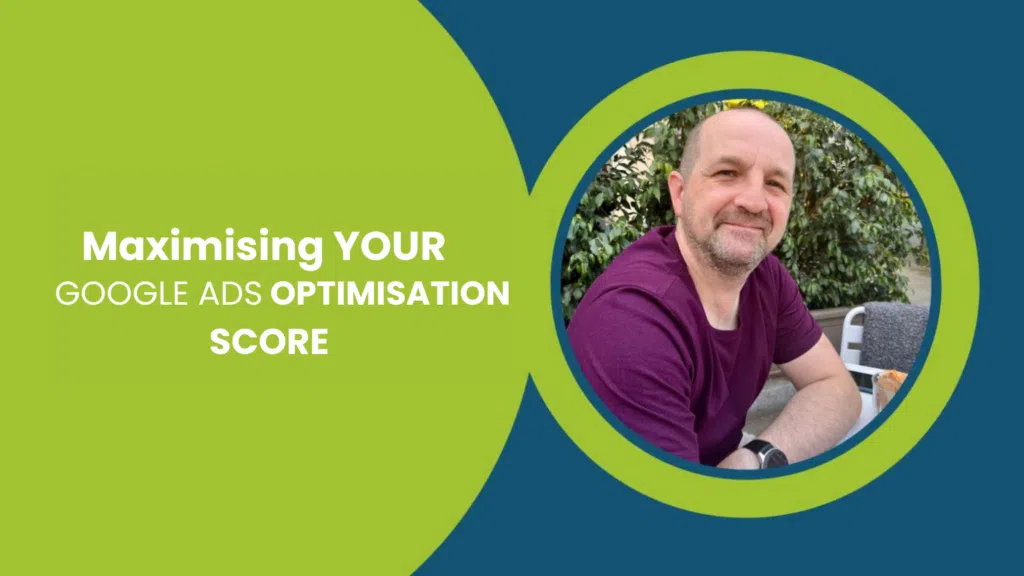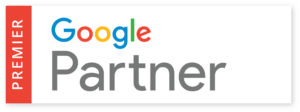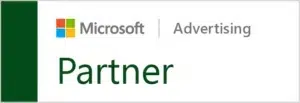Table of contents
- What is a Custom Intent Audience?
- How to Create Custom Intent Audiences
- Using Custom Intent Audiences with YouTube Ads
- Using Custom Intent Audiences with Google Display Ads
- Example of a Custom Intent Audience Targeting in Display Campaigns
- Example Custom Intent Audiences
- The Key Differences Between Custom Intent vs Custom Affinity Audiences
- Custom Intent Audiences Summary
What is a Custom Intent Audience?
To understand what a Custom Intent Audience is, you must first understand audience targeting in Google Ads and the different audience targeting options available in your Google Ads account.
Google Ads Audience Targeting Options
Audiences can be created and used across different types of Google Ads campaigns; Search, Google Shopping, Display Campaigns and YouTube Video ad campaigns.
Let’s cover the different targeting options in Google Ads Display Campaigns to give this some context:
Interest Targeting (Affinity Audiences): Audiences with particular interests, e.g. business professionals, green living enthusiasts, book lovers, movie lovers. These audiences are created by Google and are available in your Google Ads account for targeting. Affinity audiences are pretty broad targeting options, with audience sizes running into the millions if targeted alone.

Intent Targeting (In-Market and Life Events): Audiences actively researching or searching for particular products and services, e.g. suits and business attire, hats, hair care products, skin care products, spas and beauty services, seo and sem services. As with Affinity Audiences, these audiences are created by Google and are available in your Google Ads account for targeting. In-Market audiences are great for targeting ads for your products or services, but what happens if your product or service isn’t listed?

As we’ve seen, Google creates these audiences based on user behaviour across search and the extensive Display Network, but what if you need to target more specific audiences, or those which aren’t provided in the list of Affinity Audiences, or In-Market Audiences?
How to Create Custom Intent Audiences
- Invest in keyword research
- Build a Custom Audience
- Consider overlapping your Custom Audience with other Custom Audiences, or Affinity Audiences
- Add the audience(s) to your campaigns
- Monitor impressions, clicks, CTR, conversions and conversion value and optimise performance
You can create your own “in market” audience(s), targeting either;
“People with any of these interests or purchase intentions – Enter keywords describing your ideal customer’s interests or products and services they are actively researching to buy. Your ads will reach people with those interests or purchase intentions based on your campaign settings, such as marketing objective or bidding strategy.”, or
“People who searched for any of these terms on Google – Enter search terms your ideal customer is using on Google. Your ads will reach people who search for those and similar terms only on campaigns running on Google properties. On other campaigns, the terms will be used as interests or purchase intentions.”

Targeting “People who searched for any of these terms on Google” does mean that you’re targeting users who are actively searching for products and services – the same as the In-Market Audiences already provided by Google.
Targeting “People with any of these interests or purchase intentions” is much more similar to Affinity Audiences provided by Google Ads.
Using Custom Intent Audiences with YouTube Ads
We’ll assume that you already created Custom Intent Audiences and you’re ready to target that Audience with a YouTube Ad.
As an example, let’s say that we created a video ad for our eCommerce CRO services.
- Create a Custom Intent Audience for eCommerce stores such as Magento, WooCommerce, Shopify and so forth.
- Create video ad(s) for eCommerce CRO.
- Create a Video Campaign in Google Ads and an Ad Group for eCommerce CRO.
- Add the eCommerce CRO video ad(s) to the eCommerce CRO ad group
- Add the eCommerce Custom Intent Audience
- Launch your YouTube Ads campaign, measure and optimise performance

Popular Google Ads Videos
Using Custom Intent Audiences with Google Display Ads
We’ll assume that you already created Custom Intent Audiences and you’re ready to target that Audience across the Google Display Network.
As an example, let’s say that we created a video ad for our Google Ads services for law firms.
- Create a Custom Intent Audience for Law Firms.
- Create video ad(s)
- Create a Display Campaign in Google Ads and an Ad Group for Google Ads Agency for Law Firms.
- Add the video ad(s) to the ad group
- Create Responsive Display Ads in the ad group
- Add the Law Firms Custom Intent Audience to the ad group
- Launch your Display Ads campaign, measure and optimise performance
Example of a Custom Intent Audience Targeting in Display Campaigns
- One ad group using an audience targeting “Mercedes” searches and Mercedes websites and using Mercedes ads and a landing page for Mercedes insurance.
- A second ad group using an audience targeting “Bentley” searches and Bentley websites and using Bentley ads and a landing page for Bentley insurance.
Example Custom Intent Audiences
Custom Intent Audience for targeting College students
Useful for Colleges Using Google Ads for Open Day campaigns:
- Users searching for;
- college open days
- colleges in the local area
- college courses
- And/or users visiting the websites of colleges near to yours
Custom Intent Audience to target Shopify site owners
Useful for marketing our Shopify SEO Services, Shopify Plugins or Shopify themes or services.
- Users searching for Shopify plugins, themes, modules, development etc
- Users visiting the Shopify support pages, Shopify plugin sites, Shopify developers sites
Custom Intent Audience to target Local Small Businesses
Useful for marketing Local SEO Services, Accountancy, Legal Services, HR Support or any other products or services to a broad, small business audience.
- Users visiting local business support sites – the Chamber of Commerce, business networking groups, business events and exhibitions (these need not be local), small business accounting software sites.
The Key Differences Between Custom Intent vs Custom Affinity Audiences
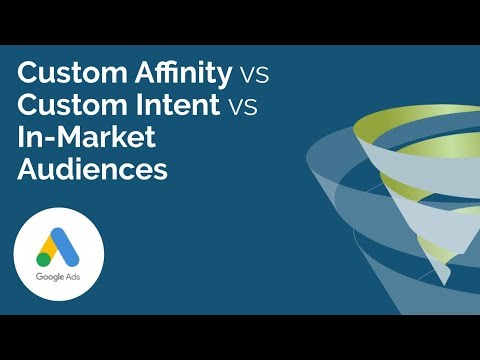
(0:48) Mark begins by defining Custom Affinity Audiences as more like a TV-style audience. They are much broader than Custom Intent Audiences. Custom Affinity will target a larger and wider audience group where as Custom Intent is much more specific.
With both Custom Affinity and Custom Intent you are asking Google to target people through using a list of keywords or URL’s you yourself have chosen.
The significant difference between the two is that with Custom Affinity you are telling Google I want to reach an audience who have searched for keywords like “these” or visiting URLs like “these”. With Custom Intent Audiences you are asking Google to target people who have Specifically searched for these keywords or Specifically visited these URLs.
If you are familiar with remarketing or retargeting from your own business than you will be aware that you can create an entire list of audiences based on people who have previously visited your own website or you can target audiences who have just visited a specific URL. Custom Intent follows a similar principle.
(2:25) In an example Mark likens this process of owning a doughnut making machine business. With Custom Intent Audiences you would be specifically targeting an audience who have visited your competitors’ websites and/or viewed articles around doughnut making machines. With Custom Intent, you will be targeting an audience actively researching this topic.
Custom Intent Audiences Summary
Using Custom Intent Audiences is a great way to target audiences which are more niche than the standard audiences available in Google Ads.
Build multiple Custom Intent Audiences and test the response (CTR, View-Through Conversions and Conversion Rate) in Display Campaigns and the View Rate in YouTube campaigns to see which produces the best results.
Keep optimising your creatives – targeting is one part of the mix, but it’s your ads which create enough interest to inspire a click, or your video which inspires the watch time.
Here at Tillison Consulting, we provide Google Ads services for a variety of different business sectors. Whether you’re looking for Google Ads services for Wedding Venues, Events, Law Firms and many more, we have Google Ads specialists to help you improve your online presence.
Recent Google Ads Blog Posts

